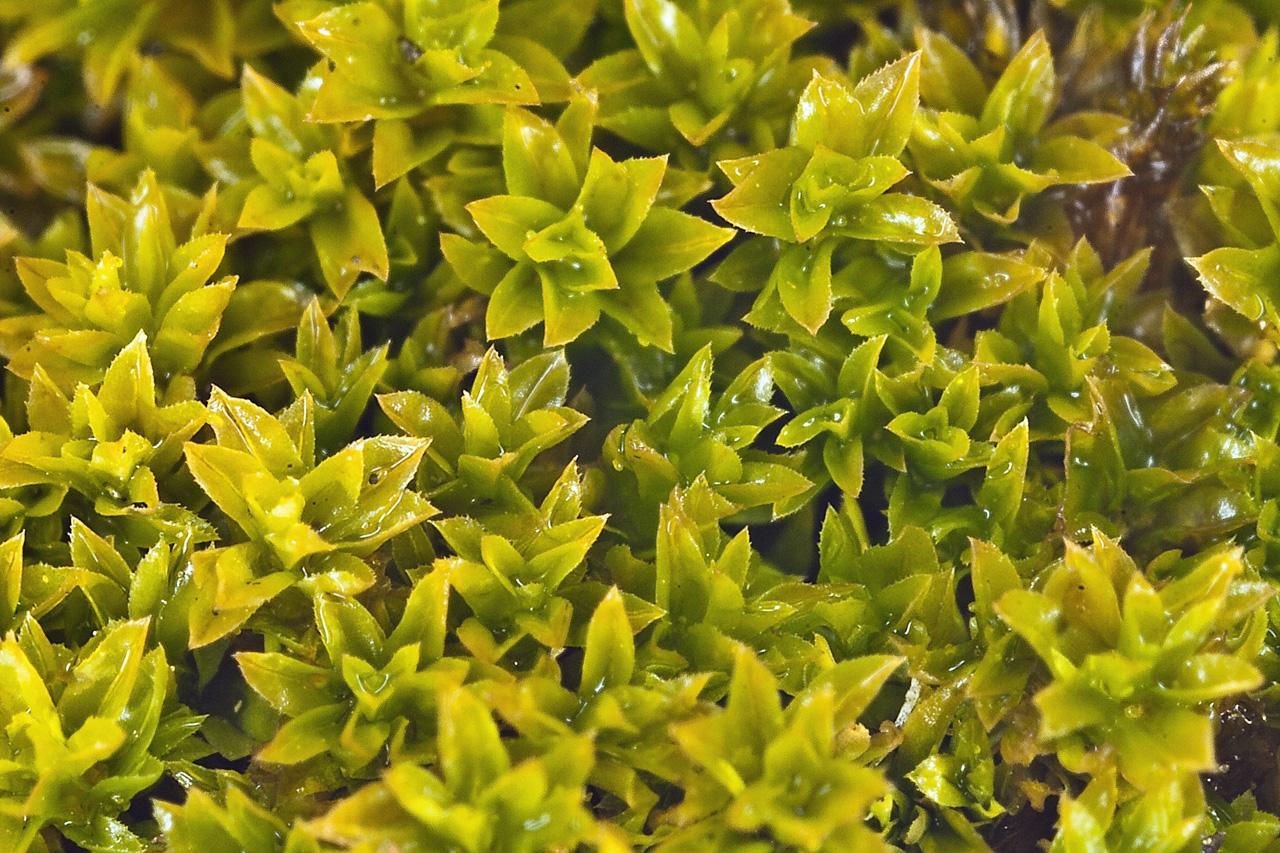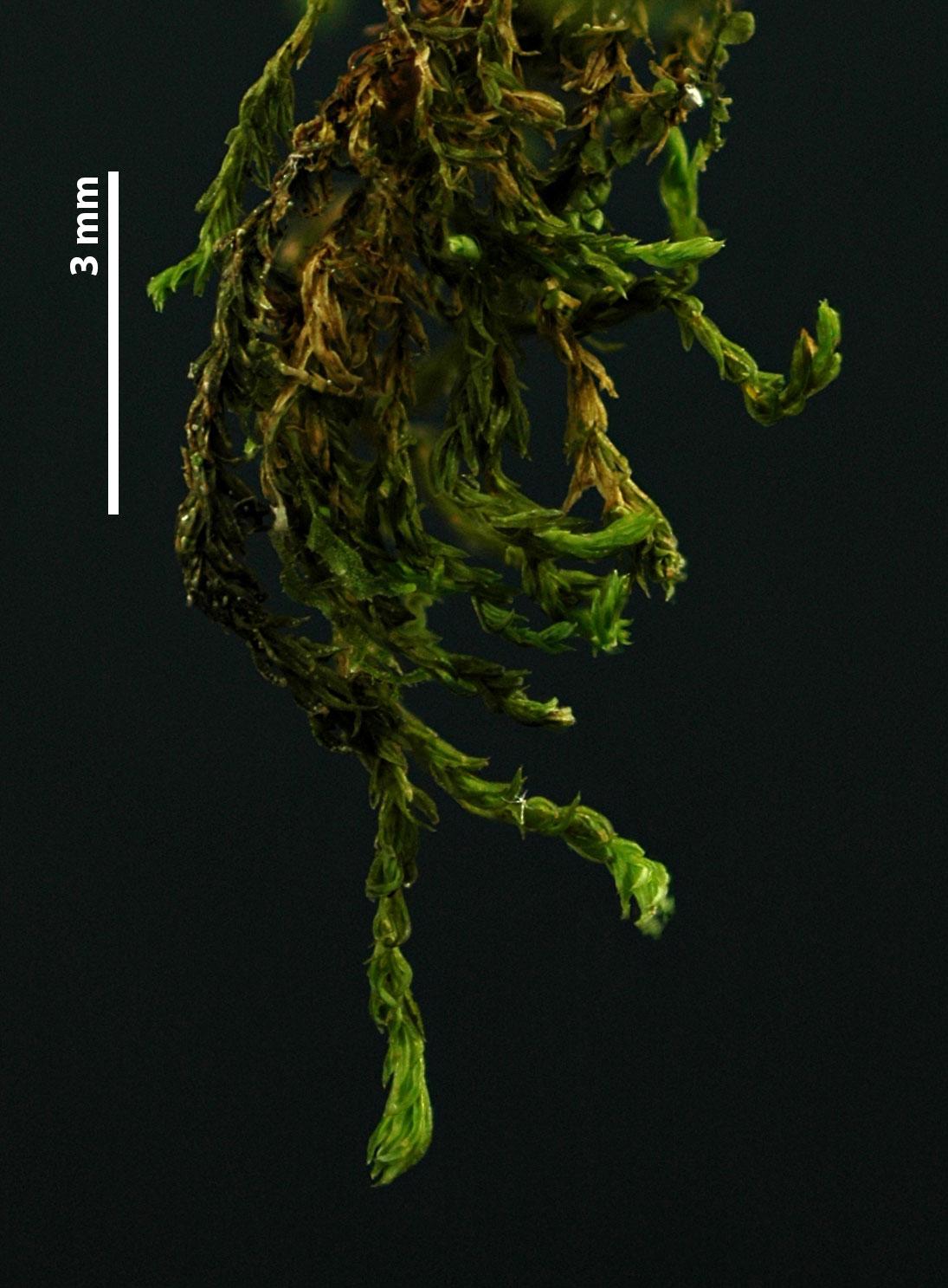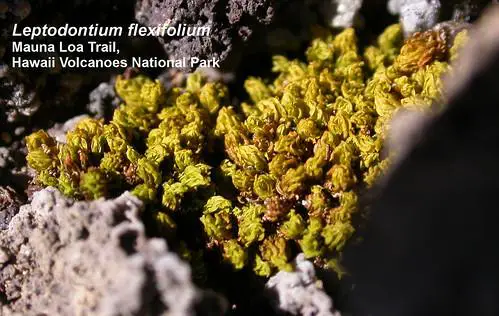
medium.jpg from: https://enciclovida.mx/especies/136928-leptodontium
Leptodontium handelii Thér.: The Fascinating Moss of the Pottiaceae Family
Introduction
The world of mosses is full of fascinating species, each with their own unique characteristics and ecological roles. One such intriguing moss is Leptodontium handelii Thér., a member of the Pottiaceae family. In this blog post, we’ll dive into the details of this remarkable bryophyte, exploring its morphology, global distribution, habitat preferences, and ecological adaptations. Get ready to be captivated by the wonders of Leptodontium handelii!
Background
Leptodontium handelii Thér. is a species of moss belonging to the Pottiaceae family, which is one of the largest families of mosses with over 1,500 species worldwide. The genus Leptodontium contains around 50 species, distributed primarily in tropical and subtropical regions. L. handelii was first described by the French botanist Marie Hypolite Irénée Thériot in 1930, based on specimens collected in China.
Morphology and Identification
Leptodontium handelii is a small to medium-sized moss, typically growing in dense tufts or cushions. The stems are erect, ranging from 0.5 to 2 cm in height, and are covered in small, lanceolate leaves. The leaves are usually 1-2 mm long, with a pointed apex and a costa (midrib) that extends to the leaf tip. One of the distinguishing features of

A-E-Leptodontium-flexifolium-A-Leaves-B-Leaf-apex-C-Marginal-cells-D-Papillae.png from: https://www.researchgate.net/figure/A-E-Leptodontium-flexifolium-A-Leaves-B-Leaf-apex-C-Marginal-cells-D-Papillae_fig4_281820899
L. handelii is the presence of numerous, multicellular gemmae (asexual reproductive structures) on the leaf surface, which aid in dispersal and establishment of new colonies.
Global Distribution and Habitat
Leptodontium handelii has a relatively wide distribution, primarily in Asia and Africa. It has been reported from China, India, Nepal, Bhutan, Thailand, Vietnam, Indonesia,

7189905989_f835f4c6d1_b.jpg from: https://sernecportal.org/portal/imagelib/imgdetails.php?imgid=411431
Malaysia, Papua New Guinea, Ethiopia, Kenya, Tanzania, and South Africa. This moss typically grows on soil, rocks, or tree bark in montane forests, at elevations ranging from 1000 to 3500 meters above sea level. It prefers humid, shaded habitats with moderate to high rainfall.
Ecological Roles and Adaptations
Like many other mosses, Leptodontium handelii plays important ecological roles in its native habitats. It contributes to nutrient cycling, water retention, and soil stabilization, helping to maintain the integrity of forest ecosystems. The dense cushions formed by L. handelii also provide microhabitats for various invertebrates and microorganisms.
One of the key adaptations of L. handelii is its ability to tolerate periods of desiccation. When water is scarce, the moss can enter a dormant state, resuming growth and photosynthesis once moisture becomes available again. This adaptation allows L. handelii to thrive in environments with fluctuating water availability, such as montane forests with distinct wet and dry seasons.

30156474278_9d4ac26b96_b.jpg from: https://www.flickr.com/photos/45437563@N07/30156474278

large.jpeg from: https://www.inaturalist.org/observations/121074409

zygvir_pgd10011web2.jpg from: https://www.southernappalachianbryophytes.org/leptodontiumexcelsum.html

20964765793_b0cfa5df2a.jpg from: https://www.flickr.com/photos/48126735@N03/20964765793/
| Characteristic | Description |
|---|---|
| Family | Pottiaceae |
| Genus | Leptodontium |
| Species | L. handelii |
| Plant Size | Small to medium, 0.5-2 cm tall |
| Leaf Shape | Lanceolate, 1-2 mm long |
| Leaf Apex | Pointed |
| Costa | Extends to leaf tip |
| Gemmae | Present, multicellular |
| Distribution | Asia, Africa |
| Habitat | Montane forests, 1000-3500 m elevation |
| Substrate | Soil, rocks, tree bark |
Conclusion
Leptodontium handelii Thér. is a remarkable moss species that showcases the diversity and adaptability of bryophytes. Its unique morphology, wide distribution, and ecological roles make it a fascinating subject for bryologists and nature enthusiasts alike. As we continue to explore the world of mosses, we are reminded of the importance of these often-overlooked plants in maintaining the health and balance of our ecosystems. So the next time you find yourself in a montane forest, keep an eye out for the small but mighty Leptodontium handelii!
What other amazing moss species have you encountered in your adventures? Share your stories and photos in the comments below!